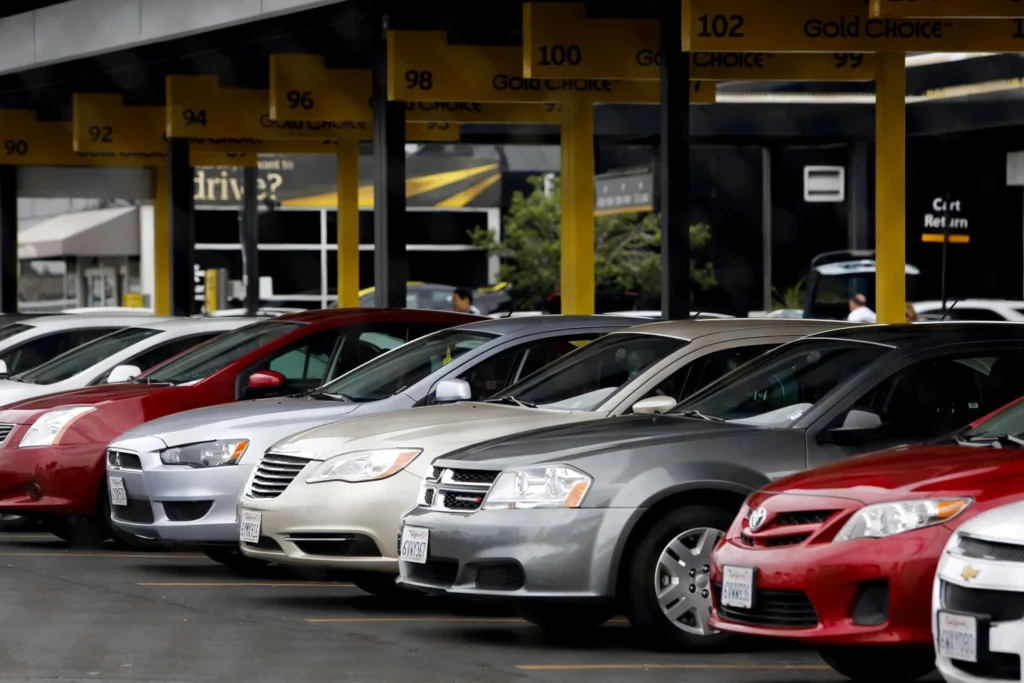Long road trips where you can drive across the continent with your family create lovely memories that you can cherish for a long time. Road trips are always fun as they allow you to visit tiny, desolate wonders of the world. Driving a car yourself gives you immense flexibility, and you do not have to worry about flight and train schedules. However, you should know the rules and regulations of renting a car and driving across continents before you embark on such a journey.
Renting A Car In Europe

There are many rules that need to be complied with before you can rent a car and drive across Europe. Most car rental companies in Europe will require you to buy insurance coverage for the period for which you rent the car. This money will be utilized if the rented vehicle gets stolen or damaged while you have hired it.
Again, most companies require you to show up for monthly checks. These checks are to make sure that you are taking good care of the vehicle while driving it. Hence if you want to find out more about the do’s and don’ts of driving across Europe in a rented car or van, you can visit the websites of such rental companies.
7 Things That You Should Know Before Renting A Car For Multiple Countries in Europe

Blanket Permission To Drive Across Europe
In general, no ban prohibits a person from driving across countries in Europe. Most European countries are a part of the European Union, and many members of the European Union are a part of Schengen.
The Schengen rules allow easy travel norms across countries with a single visa. These countries also allow people to drive easily across national boundaries. If you are a citizen of the European Union, then you need a valid license, and if you are from the US or from Asia, then you will need an international driving license to drive across Europe.
Following Country-Specific Rules For Driving
Although many European countries allow people to drive across national boundaries, the drivers must comply with the country-specific rules for driving. Some countries in Europe have very lenient rules for driving; hence you will not find it difficult to drive in these nations.
For instance, in Latvia, a person needs to pay twenty euros to obtain a license, and he needs to be just sixteen years of age to be legally eligible to obtain a permit to drive. But there are countries like Croatia where the driving norms are quite tough.
Croatia requires a person to have more than eighty hours of driving experience before he can get a license. Again the fees required for obtaining a license are quite high. Hence, the high license fee, the stringent norms and the complicated paperwork might make you ineligible as a driver by Croatian standards, even if you have an international license.
Just like Croatia, even Hungary has very strict norms for obtaining a license. Here a person takes more than fifty hours of lessons and pays a high fee before he can obtain a license to drive on Hungarian roads.
Following The National Rules For Road Safety

Most European nations do not allow people to drive at speeds greater than 50 kilometers per hour while traveling on busy urban roads. Likewise, when traveling on less congested rural roads, the speed of the vehicle cannot be more than a hundred and ten kilometers per hour.
Most countries have laws that make wearing seat belts mandatory. Again there are norms that prevent drinking alcohol while you are at the wheel. So if you are in any European country, you have to follow the safety norms, or else you will have to pay a hefty fine.
The Right And Left Handed Driving System
Some regions of the world follow a left-handed driving system. Places like Belgium and Malta follow such a system. A left-handed system means that the steering wheel of the vehicle, the brakes, and the accelerator are all present on the left-hand side of the vehicle.
Even if you are competent at the wheels, you will face challenges in driving a left-handed vehicle if you are used to the right-handed system. Hence, it is a good idea to hire a local driver when traveling in countries like Belgium and Malta.
Prohibition On The Movement Of Luxury Vehicles
The rules for entering a new country might also depend on the model of the car that you have rented. If you have hired a German make of fancy convertible car, then you cannot travel with this model in Italy.
Complying With Insurance Norms

Whenever you rent a vehicle, the renting company expects you to buy a comprehensive insurance policy to cover accidental damage, thefts etc. However, the cost of insurance varies depending on the country that you are traveling in. Usually, most companies give you additional insurance coverage for ninety days.
Beyond this ninety-day period, you need to renew your insurance policy at par with the rules of the country in which you are traveling. Many people buy insurance at cheaper rates and try to use the same when they cross borders. But places like Germany have a higher cost of insurance, and you will be penalized if you are driving a rented vehicle without proper insurance papers.
Complying With The Norms For Vehicular Pollution
Places like Germany and Britain have very stringent norms for vehicular pollution. Hence, if your rented car does not comply with country-specific emission standards, then you cannot enter that country with your rented car.
Conclusion
Many people prefer renting a car to buying one because renting is a much more convenient option than buying. However, if you plan to travel across nations in your rented vehicle, then it is a good idea to read the terms and conditions of the rental company before signing any contract. You should be ready to pay higher insurance charges and comply with stricter driving norms if you are to travel across national boundaries without much hassle.
